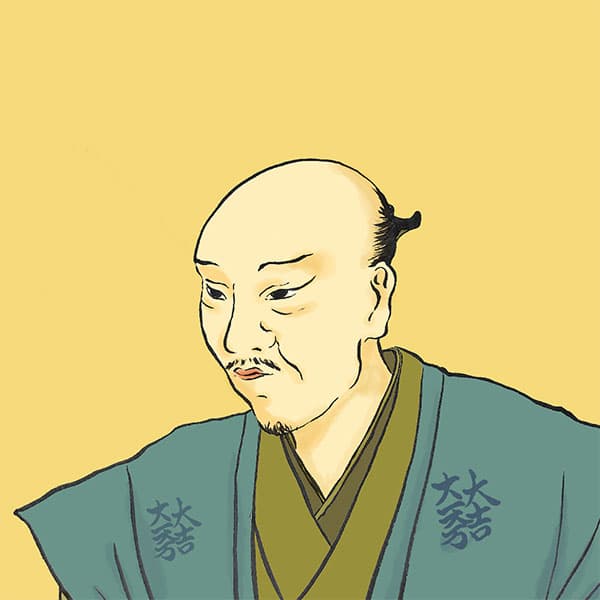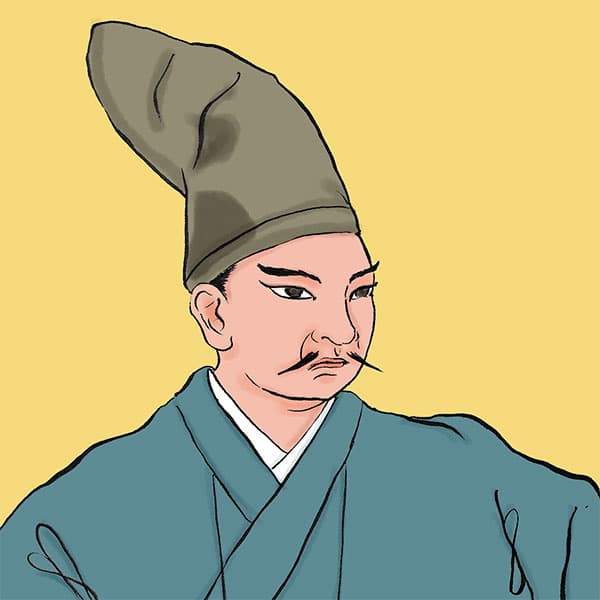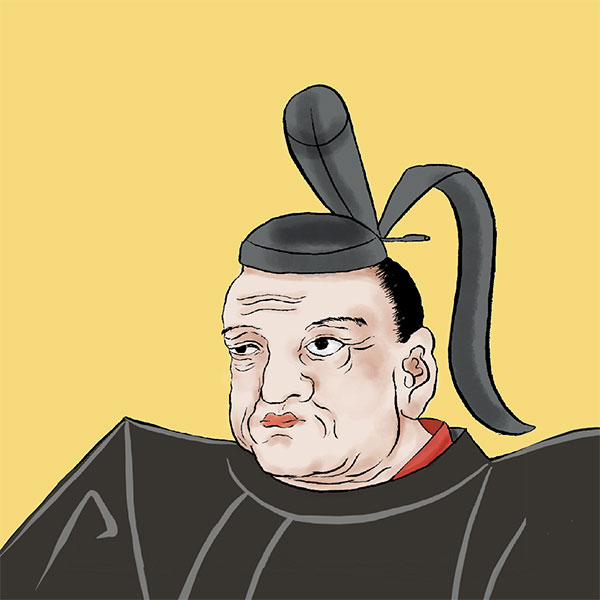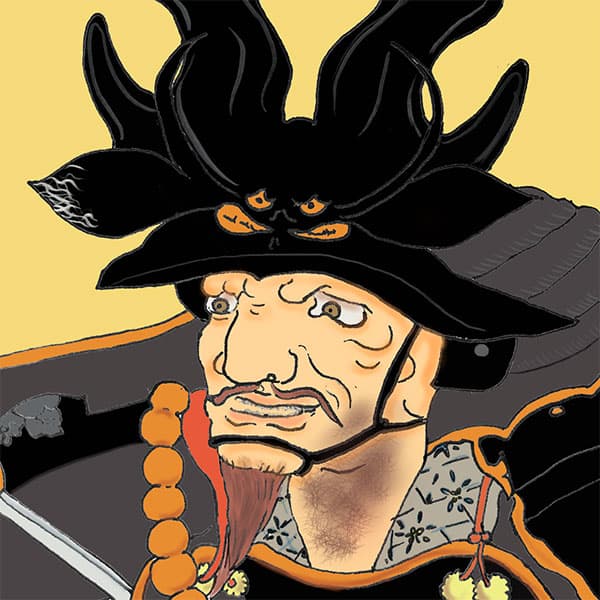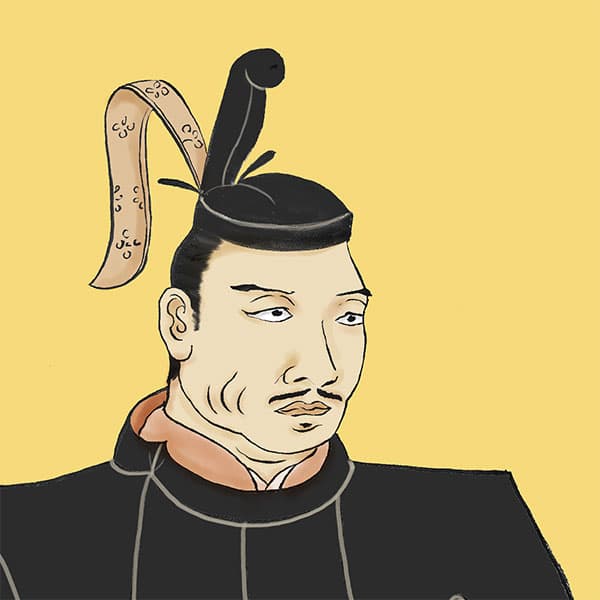Keicho Dewa Battle (1/2)Another Sekigahara! “Keicho Dewa Battle” ~Kagekatsu Uesugi VS Yoshimitsu Mogami/Masamune Date
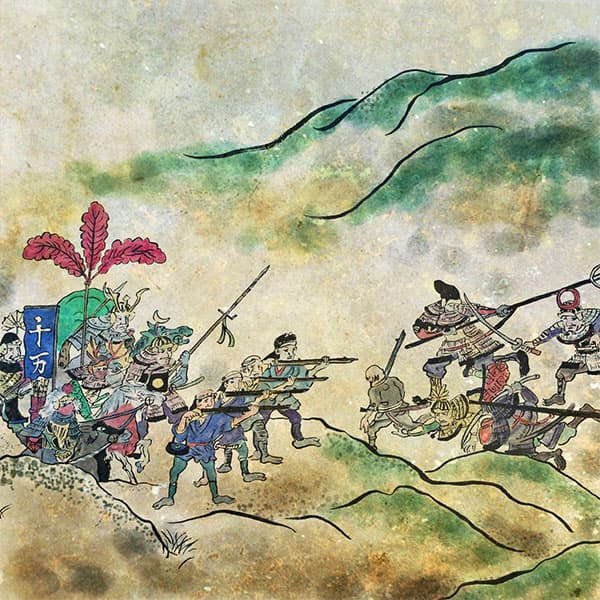
Keicho Dewa Battle
- Article category
- case file
- Incident name
- Keicho Dewa Battle (1600)
- place
- Yamagata Prefecture
- Related castles, temples and shrines

Yonezawa Castle

Yamagata Castle

Tsuruga Castle
- people involved
In September 1600, the Eastern Army led by Tokugawa Ieyasu defeated the Western Army led by Ishida Mitsunari at Sekigahara in Mino (Gifu Prefecture) in the Battle of Sekigahara. It is famous as the battle that divided the world, but did you know that behind the scenes there was another major battle between the Eastern Army and the Western Army? This was the Keicho Dewa Battle, which took place in the Tohoku region and pitted the eastern army led by Mogami Yoshimitsu and Date Masamune against the western army led by Kagekatsu Uesugi. This time, we will take a closer look at this battle, also known as the "Sekigahara of the North."
Tokugawa Ieyasu VS Uesugi Kagekatsu! Will “Naoe-jo” cause more flames?
After the death of Toyotomi Hideyoshi in 1598, Tokugawa Ieyasu gradually strengthened his political influence. As one of the ``Five Elders,'' he runs the government and deepens his conflict with the ``Five Magistrates,'' including Ishida Mitsunari, a senior vassal of the Toyotomi family who is in charge of political affairs.
Under such circumstances, Kagekatsu Uesugi aimed to strengthen the military in order to counter Ieyasu in the Tohoku region. Kagekatsu, like Ieyasu, was one of the Five Elders, and initially ruled Echigo (Niigata Prefecture), but in January 1986, his domain was increased to neighboring Aizu (Fukushima Prefecture) and transferred to 1.2 million koku. . His subordinate, Kanetsugu Naoe, played an active role during the change of country. Mitsunari cooperates with Kanetsugu. The closeness of Kanetsugu and Mitsunari was probably one of the reasons why Kagekatsu joined the Western Army.
Kagekatsu ordered Kanetsugu to begin construction of Kamisashi Castle in March 1600. There is a mountain right next to the original Wakamatsu Castle (Tsuruga Castle) in Aizu, and because it would be dangerous for the enemy to set up on the mountain, the castle was located about 3 km northwest of Wakamatsu Castle and near Okawa River. They decided to build a castle in Kansashihara, where they had access to water. In addition, they strengthened their military by improving roads within their territory and fortifying mountain passes. Furthermore, with the aim of recapturing Echigo, he encouraged local samurai in Echigo and caused a revolt.
Hideharu Hori, who took over Echigo, reported this situation to Ieyasu. Ieyasu was wary of Kagekatsu's movements and sent a messenger in April, telling him, ``If you have no intention of starting a rebellion, please come to Kyoto and explain.'' Kanetsugu's reply to this was the famous ``Naoe Letter.'' The letter denied the suspicion of rebellion and explained that he would not be able to go to Kyoto right away due to the heavy snow and lack of time for political affairs, but the letter was full of irony and ridiculed Ieyasu. This made Ieyasu furious. It is said that he decided to conquer Uesugi.
However, the fact that this Naoe letter does not exist, only a copy remains, and that the expression is unnatural has led to theories that it was a forgery or a falsification. However, even without Naoe's letter, it is true that Kagekatsu refused to go to Kyoto immediately. Ieyasu thought he had a good excuse and headed off to conquer Uesugi.
The Tokugawa army heads to conquer Uesugi, and Ishida Mitsunari raises an army behind them!
In June of the 5th year of the Keicho era, Tokugawa Ieyasu left Osaka Castle for the Uesugi conquest (also known as the Aizu conquest). In addition to his vassals Tadakatsu Honda and Naomasa Ii, he heads to Aizu with other prominent members such as Masanori Fukushima, Nagamasa Kuroda, and Kazutoyo Yamauchi. Kagekatsu Uesugi prepares to attack. Yoshimitsu Mogami was also on the Tokugawa side in the background, so there was a possibility that he would be caught in a pincer attack, but Kanetsugu Naoe seems to have been considering a strategy to team up with Mitsunari Ishida and the Satake clan of Hitachi Province to attack Ieyasu in a pincer attack. (Although it didn't happen...)
Now, in July, Ieyasu's army moved north to Shimotsuke (Tochigi Prefecture). What was delivered there was the news of Mitsunari Ishida's raising of the army. Should I continue to shoot Uesugi, or should I turn back west and shoot Mitsunari? The wives and children of the military commanders accompanying him remain in Osaka and are held hostage by Mitsunari. Moreover, Mitsunari was a vassal of Toyotomi Hideyoshi who took care of his children. Some military commanders may have wondered whether they should join Ieyasu, who had been an enemy of Hideyoshi.
The military council held at this time was known as the ``Koyama Hōdō.'' Masanori Fukushima, who had close ties to Hideyoshi, spoke of overthrowing Mitsunari and offered to provide military supplies, and Kazutoyo Yamauchi said, ``Even if it means surrendering the castle, I will stand by your side.'' This solidified the unity of the eastern army, and they turned back and attacked Mitsuhide. I decided to hit it. As usual, there is an argument that ``Oyama was not evaluated,'' but it is clear that some kind of military council was held at this stage and the decision was made to go west.
Why did Kagekatsu Uesugi overlook the Tokugawa army instead of attacking it?
After it was decided to overthrow Ishida Mitsunari, the Tokugawa Ieyasu army quickly turned around and headed west. From the Uesugi army's perspective, this was a great opportunity to attack the Tokugawa army from behind. If we engage in a pincer attack with Ishida's army, the downfall of the Tokugawa River may not be just a dream? I thought...Kagekatsu didn't follow behind.
The reason for this is that they did not attack because ``attacking in the rear is cowardly and goes against Uesugi's righteousness,'' and others say that they were wary of military commanders such as Mogami Yoshimitsu and Date Masamune in the Tohoku region who were on the Tokugawa side. The latter theory is considered to be the most likely.
In fact, Ieyasu had Yoshimitsu and Masamune on his side from an early stage. He promised Masamune that he would receive more land as soon as he cut off the Uesugi family's land, giving him a ``100 million koku guarantee.'' This promise is often misunderstood as a guarantee of 1 million koku by adding to the former Date territory of the Uesugi family, but in reality it was a matter of cutting it out.
Ieyasu then planned to attack Aizu from the Yonezawa exit with Yoshimitsu as the general and the Nanbu, Akita, and Tozawa clans. Together with the main Tokugawa army and the Date army, they planned to surround Aizu from five locations.
In this way, even though the Tokugawa army is gone, the Uesugi army is still threatened from behind by two major forces. Even though Kagekatsu tried to pursue Ieyasu, he found himself in a very difficult situation. However, I feel that if the Uesugi army, which was famous for its martial arts, had exerted all its might, it would have dealt a major blow to the Tokugawa army, so depending on Kagekatsu's actions, the outcome of the Battle of Sekigahara might have been different.
However, Kagekatsu first thinks about crushing the Tokugawa forces in Tohoku. Originally, expanding territory in Tohoku was the Uesugi family's earnest desire. Kagekatsu attacks the Mogami family, which has been weakened by Ieyasu's army. This is the beginning of the Keicho Dewa Battle.
Keicho Dewa Battle ① Uesugi army attacks Mogami Yoshimitsu with a large army
Due to Tokugawa Ieyasu's move to the west, the generals who had been in Yamagata to attack Aizu withdrew to their own country, and Mogami Yoshimitsu suddenly found himself in a difficult situation. ``We were all supposed to work together to defeat Uesugi, but our allies suddenly decreased...'', Yoshimitsu says in a panic. In the first place, the Mogami family had 240,000 koku, and there was no way they could compete with the Uesugi family, which had 1.2 million koku. Mogami's military strength was 7,000, while Uesugi's was about 27,000. There is also a story that he was so impatient that he decided to become a vassal to the Uesugi family in order to buy time.
The article on the Keicho Dewa Battle continues.
- people involved

- WriterNaoko Kurimoto(Writer)I am a former travel industry magazine reporter. I have loved history, both Japanese and world history, since I was a child. I usually enjoy visiting temples and shrines, especially shrines, and often do ``pilgrimages to sacred places'' themed around historical figures. My favorite military commander is Ishida Mitsunari, my favorite castle is Kumamoto Castle, and my favorite castle ruins is Hagi Castle. My heart flutters when I see the ruins of battle castles and the stone walls of castle ruins.





